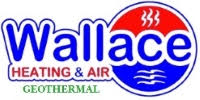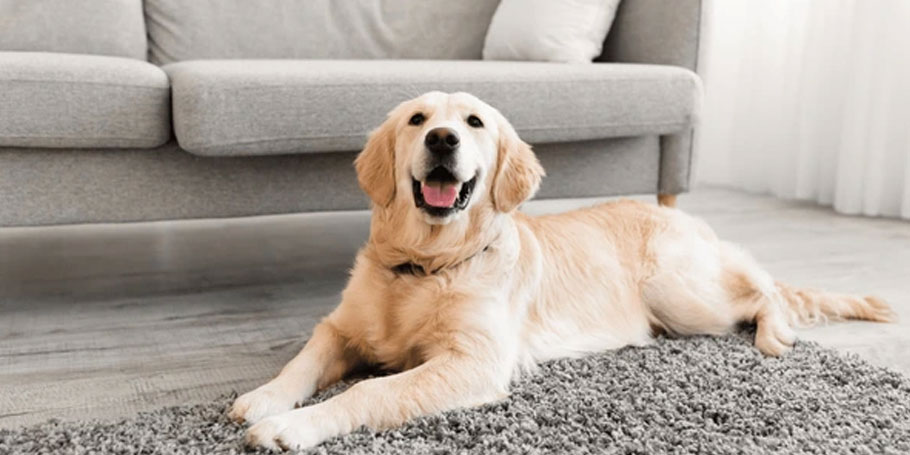Owning a pet brings a lot of joy and companionship into our lives, but it also comes with a few additional responsibilities—especially when it comes to maintaining your HVAC system. Pets can significantly impact indoor air quality, making it crucial for pet owners to take extra care of their HVAC systems. Here’s a guide on how to keep your HVAC system in top shape and ensure the air quality in your home remains healthy for both you and your pets.
1. Change HVAC Filters Regularly
One of the simplest and most effective ways to improve air quality in a pet-friendly home is by regularly changing your HVAC filters. Pet hair and dander can quickly clog up filters, reducing their efficiency and circulating allergens throughout your home.
Tip: If you have pets, consider changing your filters every 1-2 months instead of the standard 3-month interval. Opt for high-efficiency particulate air (HEPA) filters, which are designed to trap pet dander, hair, and other small particles more effectively.
2. Keep Your Home Clean
Pet dander and hair can accumulate in carpets, upholstery, and other surfaces, eventually making their way into your HVAC system. Regular cleaning can significantly reduce the amount of pet-related debris in your home, improving overall air quality.
Tip: Vacuum your home at least twice a week with a vacuum that has a HEPA filter. Additionally, wash pet bedding and toys regularly to minimize the spread of dander.
3. Groom Your Pets Frequently
Regular grooming is not only beneficial for your pet’s health but also helps reduce the amount of hair and dander that circulates in your home. Less loose fur means less of it getting caught in your HVAC system.
Tip: Brush your pets outdoors if possible, and consider regular baths to help minimize shedding. For pets with longer fur, professional grooming can make a big difference.
4. Clean Air Ducts and Vents
Over time, pet hair and dander can accumulate in your home’s air ducts, reducing the efficiency of your HVAC system and negatively affecting air quality. Regular cleaning of ducts and vents can prevent this buildup.
Tip: Consider having your air ducts professionally cleaned every 3-5 years. Also, regularly vacuum and dust the vents around your home to prevent debris from entering the system.
5. Use an Air Purifier
An air purifier can be a great addition to your home if you have pets. It helps remove pet dander, hair, and other airborne particles, providing an extra layer of protection for your indoor air quality.
Tip: Place air purifiers in rooms where your pets spend the most time, and choose a model with a HEPA filter for the best results.
6. Schedule Regular HVAC Maintenance
Regular maintenance is essential for any HVAC system, but it’s especially important in homes with pets. A professional technician can check for any issues, clean components, and ensure your system is running efficiently.
Tip: Schedule HVAC maintenance at least once a year, ideally before the peak heating or cooling seasons. Let your technician know you have pets, so they can pay extra attention to pet-related debris.
7. Consider a Zoning System
If your pets primarily stay in specific areas of the house, you might benefit from an HVAC zoning system. This allows you to control the temperature in different parts of your home independently, reducing the workload on your HVAC system and improving air quality in pet-heavy areas.
Tip: Work with a professional to design an HVAC zoning system that meets your specific needs, ensuring your pets stay comfortable while maintaining optimal air quality throughout your home.
Taking care of your HVAC system is crucial for maintaining good air quality, especially if you have pets. By following these tips, you can ensure your home remains a comfortable and healthy environment for both you and your furry friends. Regular maintenance, cleanliness, and the right equipment can make a significant difference in the quality of the air you and your pets breathe.

